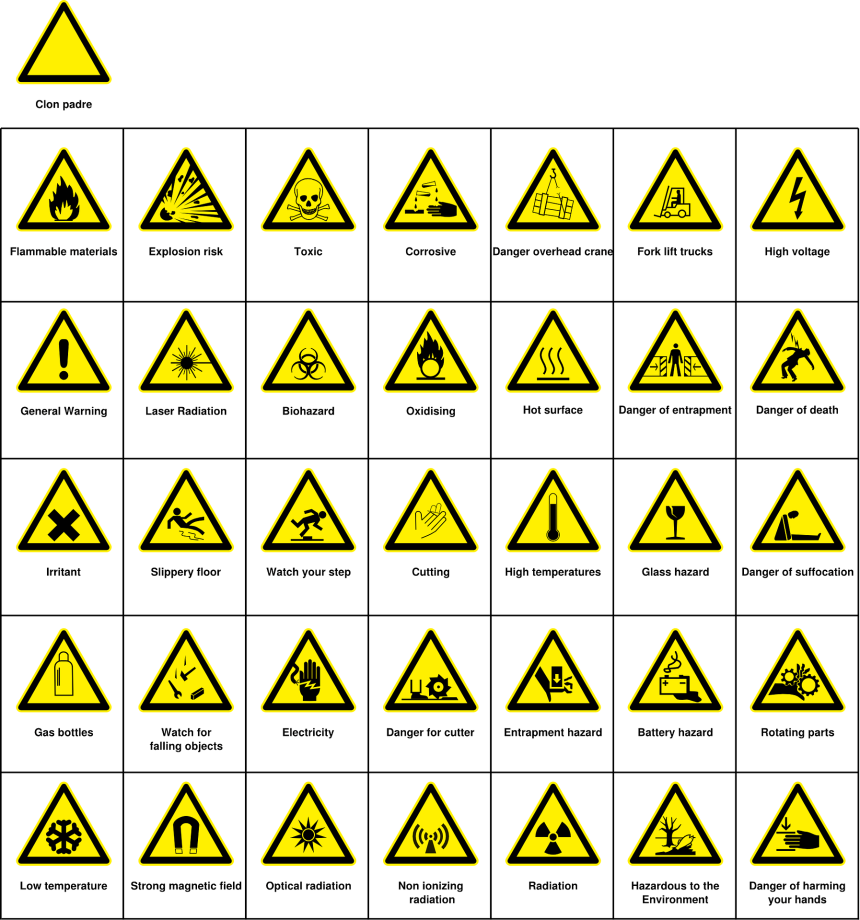Each year, industries across the U.S. are required to comply and release Toxic Release Inventory Reporting (or TRI reporting). Do you know how to fill out your Form R? Wondering what you need to do so you can be compliant?
Keep reading to figure out more about Form R reporting. This article explains what you need to include, reporting criteria, and what the EPA needs from your company.
What Is TRI Reporting?
Any facility that has a registered SIC code and has at least 10 full-time employees must report thresholds of more than 700 chemicals categorized as toxic. The volume of the chemical doesn’t necessarily have to be present all the time. It is determined by the cumulative processing, manufacturing, or use over the entire calendar year.
When reporting these chemicals, the threshold is 25,000 pounds for most chemicals. However, the most toxic chemicals have a lower threshold such as 10 pounds for mercury and 100 pounds for lead.
If your facility meets the TRI reporting criteria, you must:
- Submit a TRI Form R for each of the TRI-listed chemicals above the reporting threshold
- Submit each TRI Form to both the state of the facility’s location and EPA
- Submit the form through EPA’s online TRI reporting application
This information is then available to the public.
Data in Reports
Industrial facilities report the following data and how they manage their chemical waste through the following:
- Environmental releases
- Treatment
- Recycling
- Energy recovery
- Disposal
In addition, the facilities release how they reduce chemical waste amounts that enter the environment and how they prevent waste.
TRI Reporting and Form R
Previously, facilities had to do reporting on paper forms and then submit them to the local and state agencies. Now, these forms are electronic. Form R is the most used form.
When you go to report toxic release, you will see two forms Form R and Form A. What is Form A? This form is for reporting non-PBT listed chemicals with releases of less than 500 pounds to the environment.
Form R identifies toxic chemicals, and Form A is optional for reporting.
Gathering Information for Reporting
With more than 770 individual chemicals and 33 chemical categories, it can be overwhelming to figure out what you need to do and how to get this information.
First, you should review your safety data sheets. These sheets include your products and materials, so make sure you have the most recent version because these sheets can change. These chemicals are your potential reporting targets. However, not all materials or products have a safety data sheet, so make sure you double-check everything to report the proper chemicals.
Compare your chemical list with the USEPA’s List. It’s important to remember that not all your chemicals need reporting, but just the ones identified as toxic.
Then you need to determine how much of each chemical you used. This chemical can be processed, manufactured, or used in excess of your reporting thresholds. For most chemicals, this threshold means it is processed or manufactured in excess of 25,000 pounds over the entire calendar year. As we mentioned above, there are lower thresholds for more toxic chemicals like lead and mercury.
You will need to do some math to convert the composition into pounds. You will find the chemical information on the safety data sheet. You can hire an outside firm to help you with HazMat inventory and to help you confirm your toxic chemical list and report the correct amount.
Then you compare your math results with the reporting thresholds. If you exceed the reporting threshold for a chemical, you need to report that chemical on your Form R.
TRI Reporting Cycle
The TRI program is an annual cycle for collecting, processing, and analyzing the TRI data. The TRI Program also conducts data quality checks and provides analytical support to enforce compliance with the EPA and Compliance Assurance (OECA).
Facilities Prepare and Submit Forms
From January through June, the TRI program publishes the instructions, updates materials, and releases the newest version of the TRI-MEweb software for reporting. This is the timeline for your facility to prepare and submit your TRI forms including the chemical waste management and also prevention activities from the previous year.
July 1: Due Date
The deadline for these forms is July 1. You need to have your reports to both the EPA and state (or relevant tribe) by this date.
Preliminary Data Available
Starting in mid-July, the preliminary facility data is available to download on the TRI website. It is also available on Envirofacts.
Data Analysis and Processing
This dataset is then updated with any additional reporting forms. The EPA then conducts some additional data quality checks and publishes the complete dataset to start analyzing this information. This happens from mid-July through October.
TRI National Analysis
In January, the EPA then published the TRI National Analysis. This data provides an in-depth look at the previous calendar year’s data and TRI reporting.
Get Started Today
Filing your Form R and your TRI reporting does not have to be complicated. Make sure you take the time to double-check your chemical list with the EPA. You need to figure your threshold, so you know what you have to report.
If you need to, reach out to the experts to simplify this process further. You want to be compliant, so let the experts figure out the details.
Looking for more business advice? Check out our Business and Finance section to help you with all areas of business including reporting, business planning, technology, and other ways to reduce your carbon footprint.















